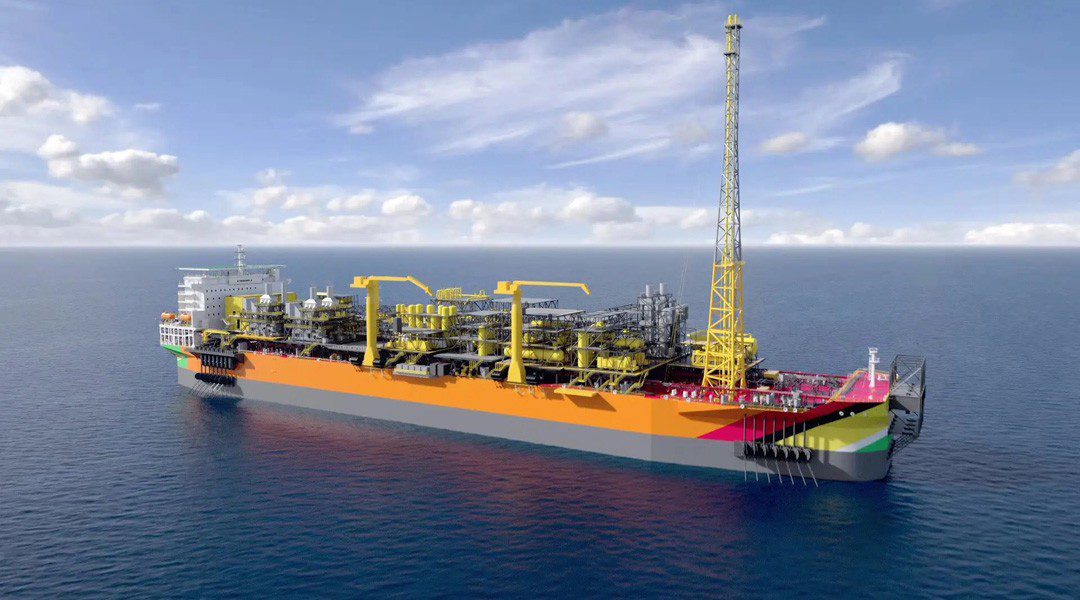
Image: GAO
The deliveries of the Coast Guard’s Offshore Patrol Cutter (OPC) and Polar Security Cutter (PSC) lead ships are delayed by almost four and five years, respectively. Additionally, the OPC and PSC cost estimates have increased by nearly $11 billion and more than $2 billion past their original estimates, respectively. What went wrong? in a report on Coast Guard shipbuilding presented in testimony before a House subcommittee on May 7, the Government Accountability Office says that the Coast Guard’s primary challenge is developing stable ship designs.
GAO says that the Coast Guard has opportunities to take action and that its prior recommendations and its recent work on leading practices for ship design can help the Coast Guard improve and speed up its design, construction, and delivery of ships.
Design instability
The builders of both the Offshore Patrol Cutter and the Polar Security Cutter have yet to stabilize their designs, which has contributed to schedule delays and cost growth for both programs, says GAO. Both the OPC and PSC have struggled with achieving a stable design to support construction, as called for by the shipbuilding leading practices that GAO identified in 2009.
For example, the Offshore Patrol Cutter program began ship construction without a matured critical technology (the davit that raises and lowers the cutter’s boats), which led to redesign of portions of the ship and contributed to delays of the lead ship by almost four years. GAO says that it recommended in June 2023 that the program mature this same critical technology before moving forward through design on the next set of ships. DHS did not concur. GAO closed this recommendation in April 2024 after the Coast Guard approved a design review without maturing the critical technology. However, GAO says that it stands by the intent of the recommendation to minimize risk to the program.
In the case of the Polar Security Cutter, since the Polar Star and Polar Sea were designed and built over 45 years ago, the U.S. industrial base lacks experience designing and building a heavy polar icebreaker. Unlike with other shipbuilding programs, there were no existing U.S.- developed hull designs for a heavy polar icebreaker that the shipbuilder could easily leverage as a basis for the PSC. To mitigate this inexperience, the shipbuilder initially planned to base the PSC design on a modified version of a polar icebreaking research ship, designed by a European company, which has yet to be constructed. However, the shipbuilder overestimated the extent to which it could leverage the original design and had to make significant design changes to meet government specifications. The shipbuilder also made some design errors, such as selecting the wrong height for the lowest deck of the ship, which required significant, late redesign to correct
program oversight.
No key milestones
GAO says that both Coast Guard shipbuilding programs lack key milestones in their acquisition program baselines—a document that sets the program’s cost, schedule, and performance goals—to ensure adequate program oversight and accountability. For example, the Coast Guard did not include the delivery date of the last Polar Security Cutter in its acquisition program baseline. If included as a key event, failure to meet this date would trigger a formal assessment by DHS. In July 2023, GAO recommended that DHS and the Coast Guard include this delivery date in the acquisition program baseline, and the department concurred. Coast Guard officials told GAO they plan to include ship delivery dates in its revised baseline.
Leading practices in ship design
GAO weighs in on Navy shipbuilding delays
In May 2024, in a recent report on Navy shipbuilding delays, GAO identified further leading practices in ship design (see our earlier story) such as using iterative design to accelerate design maturity and employing robust in-house ship design capabilities and tools. These practices build on previous leading practices that GAO identified in product development and shipbuilding. Over the past decade, GAO has recommended numerous actions to the Coast Guard and DHS reflecting those practices—such as attaining design stability and developing solid business cases—to achieve successful shipbuilding outcomes.
As always with these things, there’s much, much more detail in the full GAO report.





